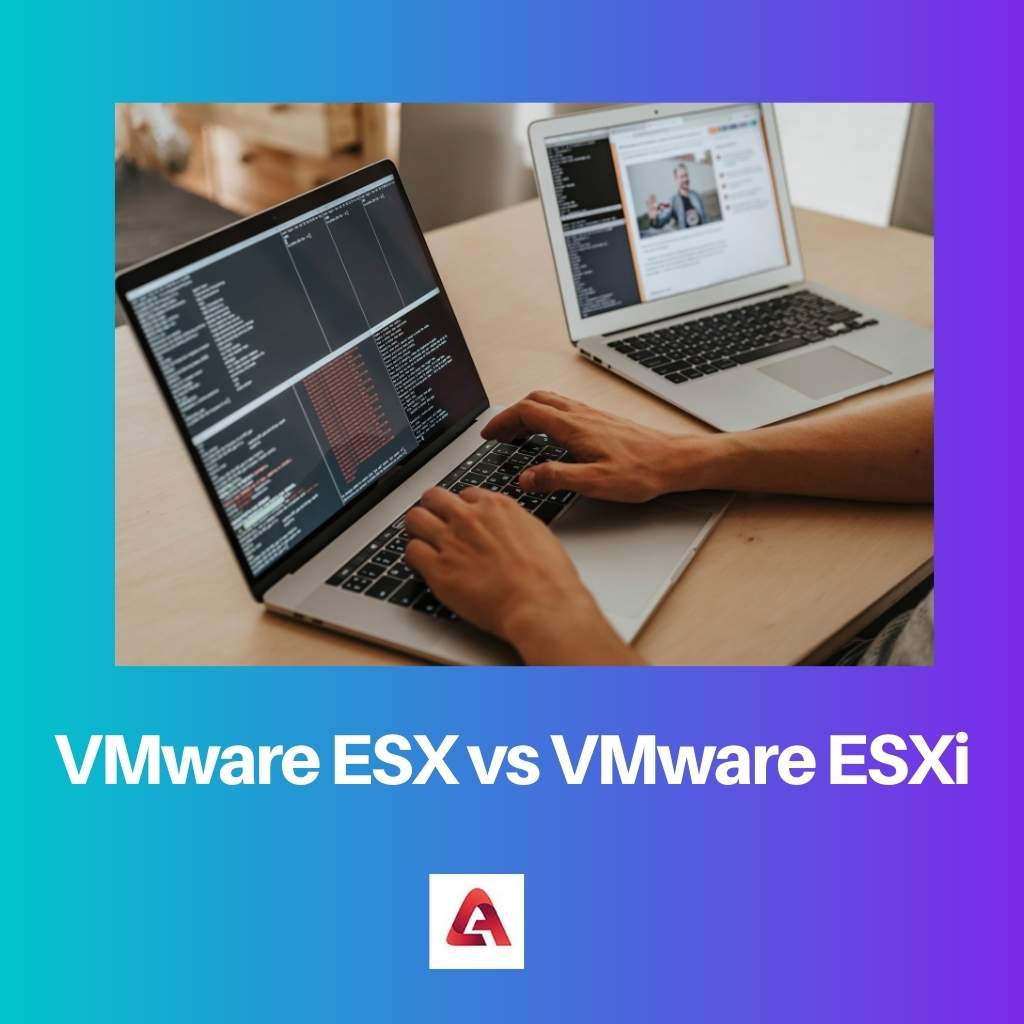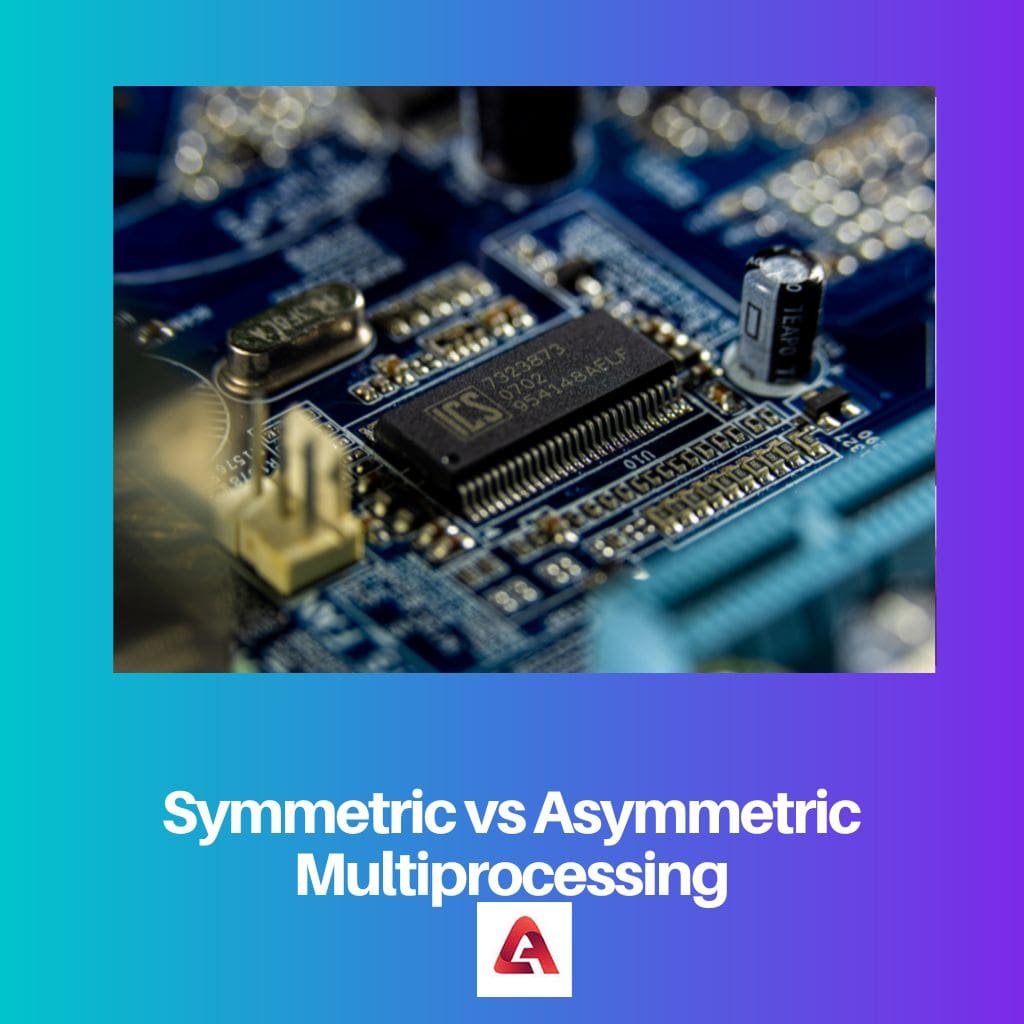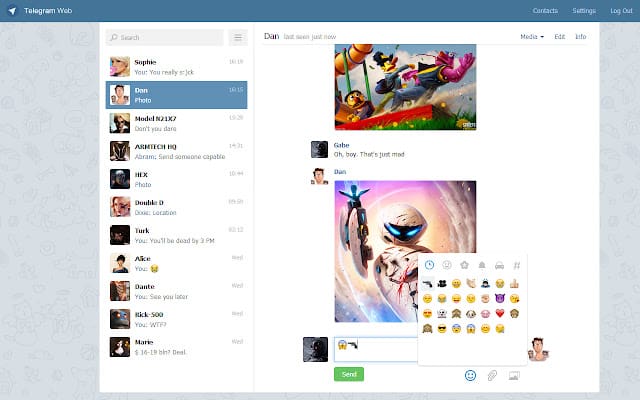VMware has more than 75% of the global market for the virtualization of servers, making the firm the clear leader in the industry, and other competitors are far behind, according to recent figures.
VMware Hypervisor offers you a means of virtualizing even the most useful application while remaining within your budget. You may have met the seemingly constant ESX vs.
ESXi dispute when you initially get began with VMware technology. These are two different forms of hypervisor VMware architecture built for installation with “bar-metal” on the real server immediately.
The purpose of this article is to clarify the difference between VMware ESX and VMware ESXi.
Key Takeaways
- VMware ESX is a hypervisor with a full Linux-based service console, whereas VMware ESXi has a smaller code base and no service console.
- VMware ESXi has a smaller attack surface than VMware ESX due to the absence of the service console.
- VMware ESXi consumes less disk space and has lower memory requirements than VMware ESX.
VMware ESX vs VMware ESXi
The difference between ESX and ESXi lies in architecture and operations management. To describe the VMware version comparison in a few words, the ESXi design outperforms ESX in terms of security, stability, and management, whereas ESX is far behind. Furthermore, ESX necessitates an operating system, but ESXi does not. VMware highly advises users who are currently using the traditional ESX architecture to upgrade to ESXi.

VMware’s enterprise server virtualization product is called ESX (Elastic Sky X), and it is handled by a console running system called Service console.
It is based on Linux and serves as a management interface for the host.
Several control representatives and other third-party software agents are placed on the service console to provide functionalities such as hardware assessment and tracking of the ESX hypervisor.
VMware’s enterprise server virtualization product is called ESXi (Elastic Sky X Integrated). The Service console is no longer available in ESXi.
All VMware-related agents, as well as third-party agents like administration and monitoring agents, can operate on the VMkernel.
ESXi is an ultra-thin design that is extremely dependable, and its minimal code base makes it safer with fewer patches to apply.
Instead of a service console, ESXi employs the Direct Console User Interface (DCUI) to manage the server. When compared to ESX installation, ESXi installation will be much faster.
Comparison Table
| Parameters of Comparison | VMware ESX | VMware ESXi |
|---|---|---|
| Service Consolement | Present | Absent |
| Troubleshoot Performed | Service Console | ESXi Shell |
| Secure Syslog | Not supported | Supported |
| vSphere Web Access | Only experimental | Full Management Capability |
| Rapid Deployment through Auto- Deploy | Not Supported | Supported |
What is VMware ESX?
ESX (Elastic Sky X) is a virtualization technology for the company server of VMware.
VM kernel is the virtualized kernel operated in ESX via an operational console system, commonly known as the console of services.
The principal goal of Linux is to have a management interface, and many monitoring representatives and others on the system console are deployed to just provide functionalists such as hardware management and ESX hypervisor tracking.
The functionalism of the service console is built on Linux.
Key advantages of VMware ESX are:
- Reduction of refrigeration and energy expenses.
- The lowering of the entire footprint of an industry’s hardware.
- The efficiency of high level.
- A safe and trustworthy virtualization environment for servers.
It operates on physical equipment without having to have an existing operating system. VMware ESX comes with ESX Server and ESXi Server integrated hypervisor technology.
Before vSphere 5.0, the ESX framework focused on a Linux-based COS for workability and advisor partner compatibility.
The majority of security concerns in an ESX-based environment end up being caused by security flaws in the COS. Allowing third-party agents or tools could face privacy issues and should, therefore, be closely controlled.
When facilitated to run in the COS, third-party agents or equipment compete for the program’s assets with the hypervisor.
What is VMware ESXi?
VMware’s enterprise server virtualization system is also known as ESXi (Elastic Sky X Integrated). The Service console is no longer available in ESXi.
All VMware-related and third-party agents, such as control and reporting agents, can immediately run on the VMkernel.
ESXi is an extremely reliable ultra-thin design with a slight code base that enables it to become safer with very few codes to patch.
To handle the ESXi server, ESXi employs the Direct Console User Interface (DCUI) rather than a service console. When compared to ESX installation, ESXi installation will be much faster.
ESXi is aimed at enterprise organizations, small companies, and individual consumers, according to VMware’s website. Enterprise licenses are currently part of the paid vSphere version.
Small people and corporations can even use the server’s free vSphere Hypervisor version. Installation necessitates a host with at least 2 CPUs and 4 GB of physical RAM.
Among the features of VMware ESXi Server are:
- Tools for remote access.
- API integration, which eradicates the need for administrators to install and handle third-party control agents.
- A lighter-weight design with a small codebase.
- Environments for control scripting.
- Easy establishment via USB flash drive.
- Easy protection configurations.
The centralized management characteristics of the ESXi can help to simplify IT management, and its small code carbon footprint decrease hardware compatibility.
This is what gives ESXi the prestige of being more efficient at a cheaper price. The VMware ESXi Server can operate up to 128 CPUs and as little as 6TB of data.
Main Differences Between VMware ESX and VMware ESXi
- For workability and agent-based partner integrations, the ESX architecture depended on a Linux-based COS, whereas the new ESXi architecture eliminated the 1 to 2 GB COS and incorporated the required management functions straight into the core VMkernel.
- Safety, stability, and control are not greater in ESX architecture, however, security is superior in ESXi.
- ESX is dependent on an operating system, whereas ESXi is not.
- In ESX, troubleshooting is done through the service console, but in ESXi, troubleshooting is done through the ESXi Shell.
- In ESX, the Service Console is present, however in ESXi, it is not.





